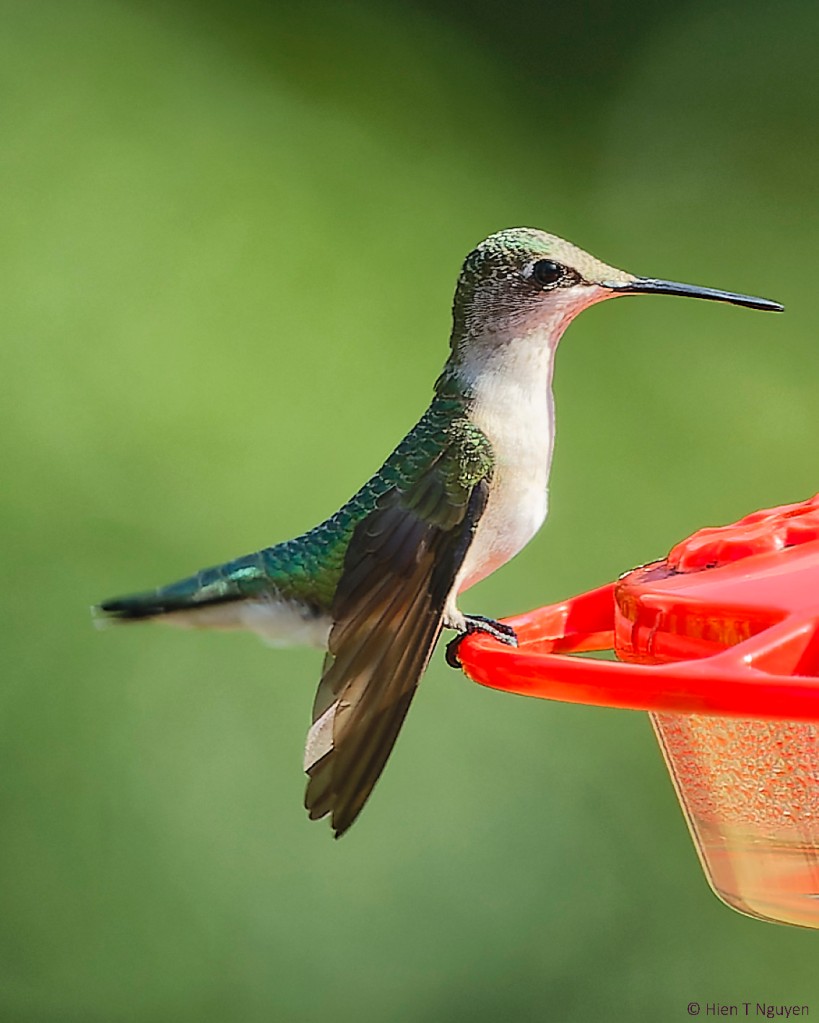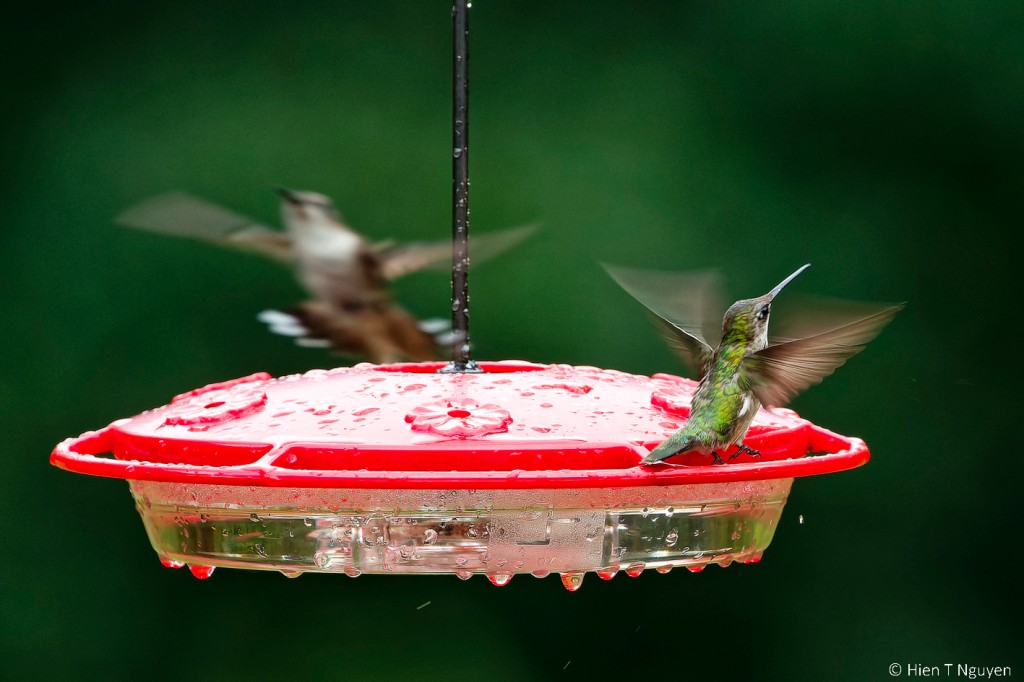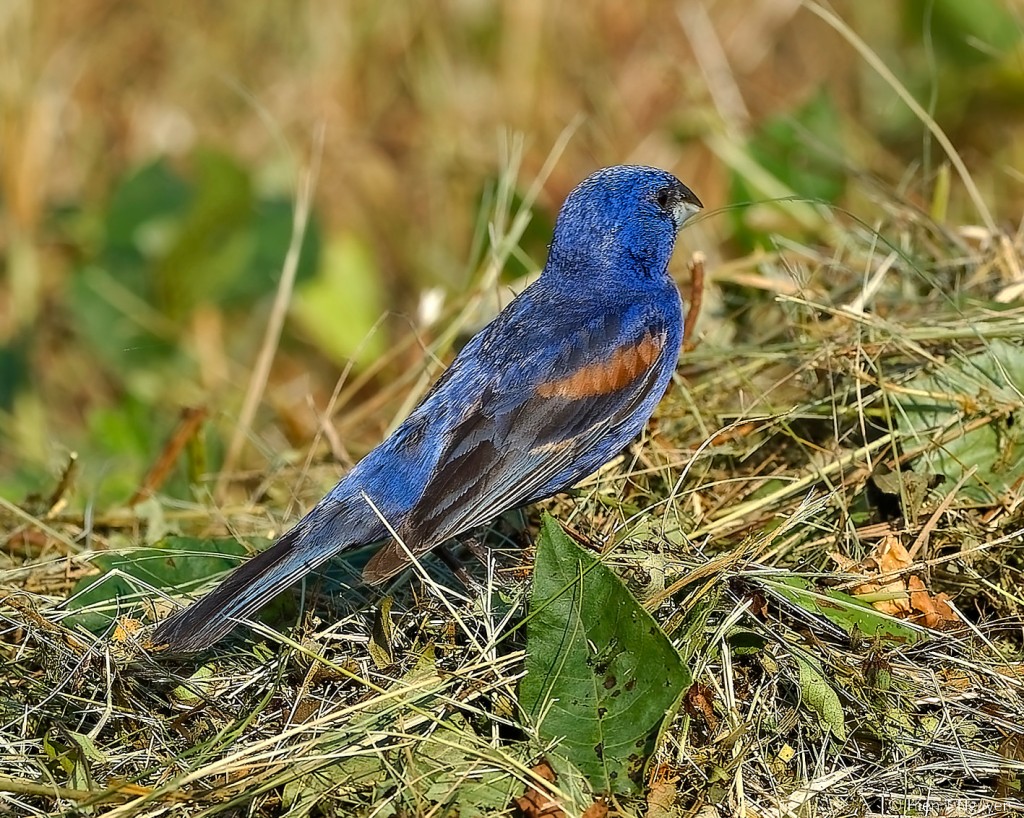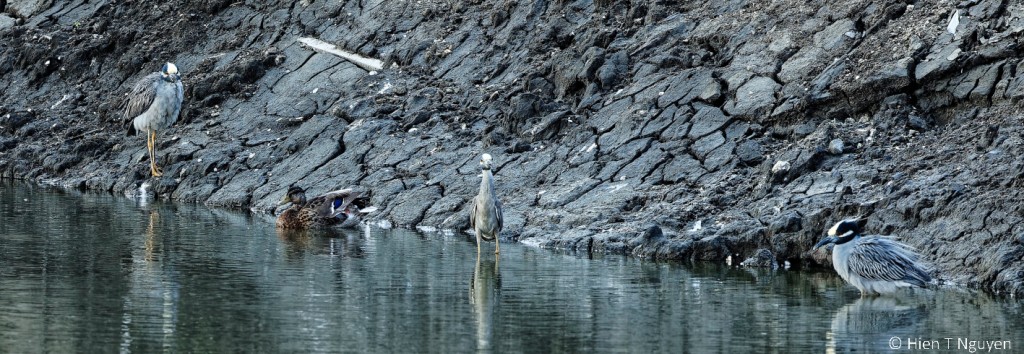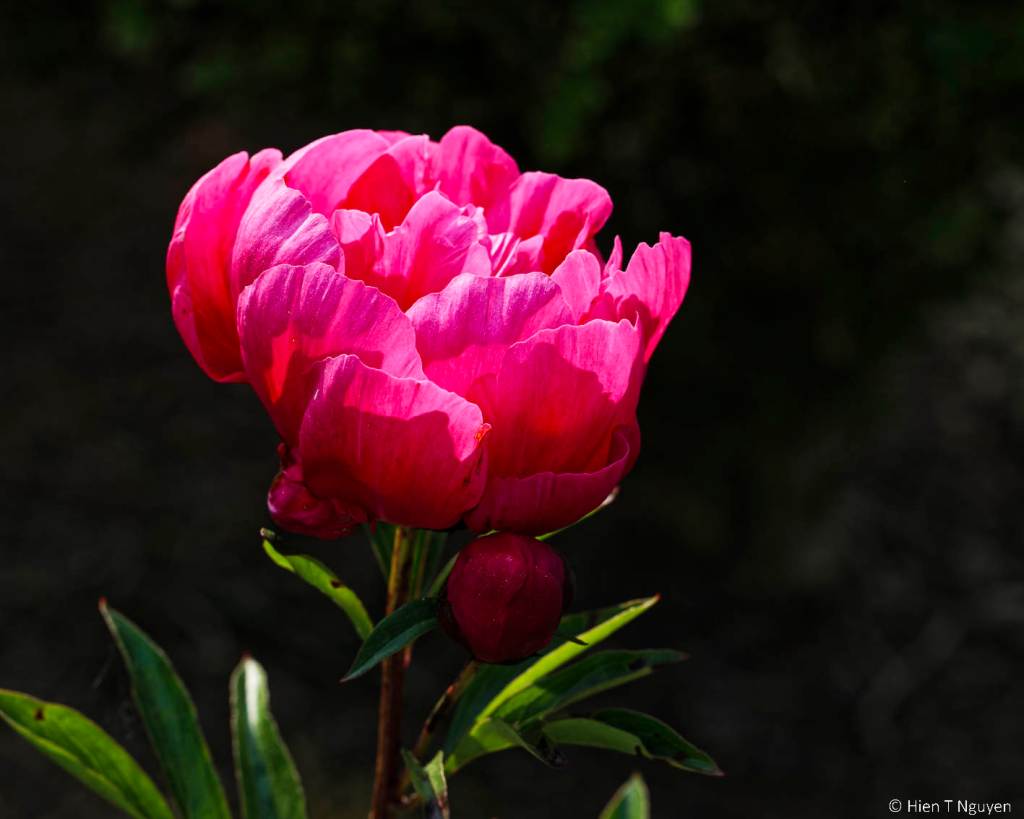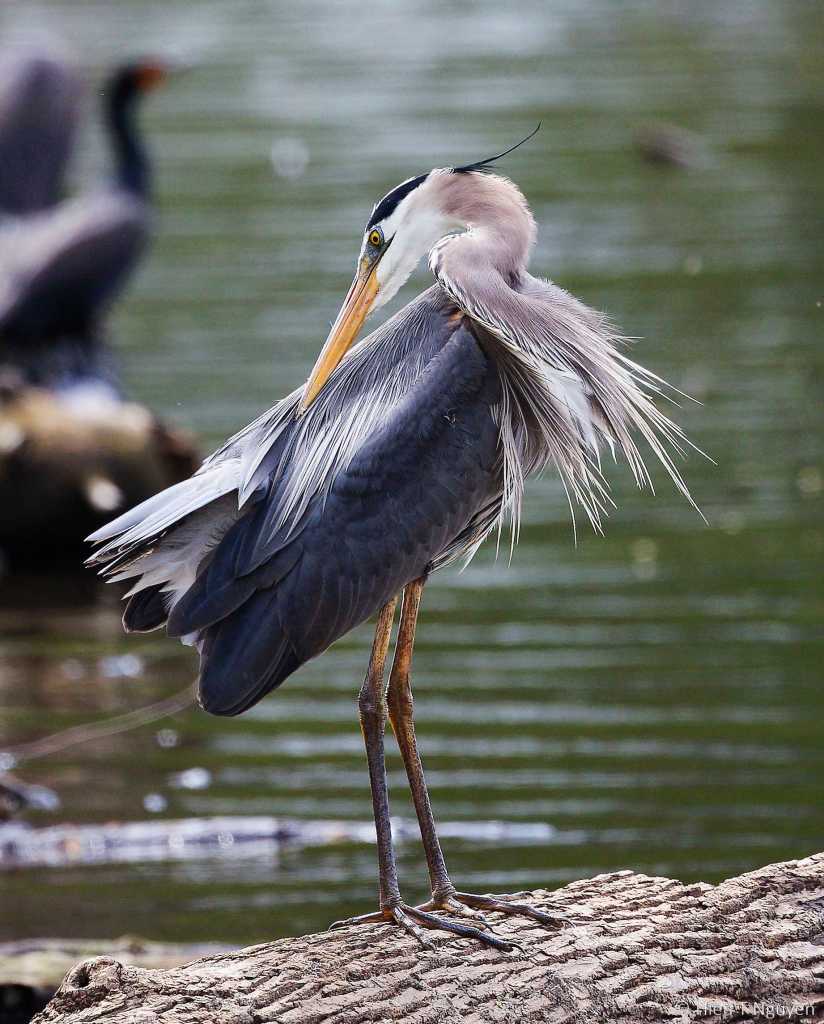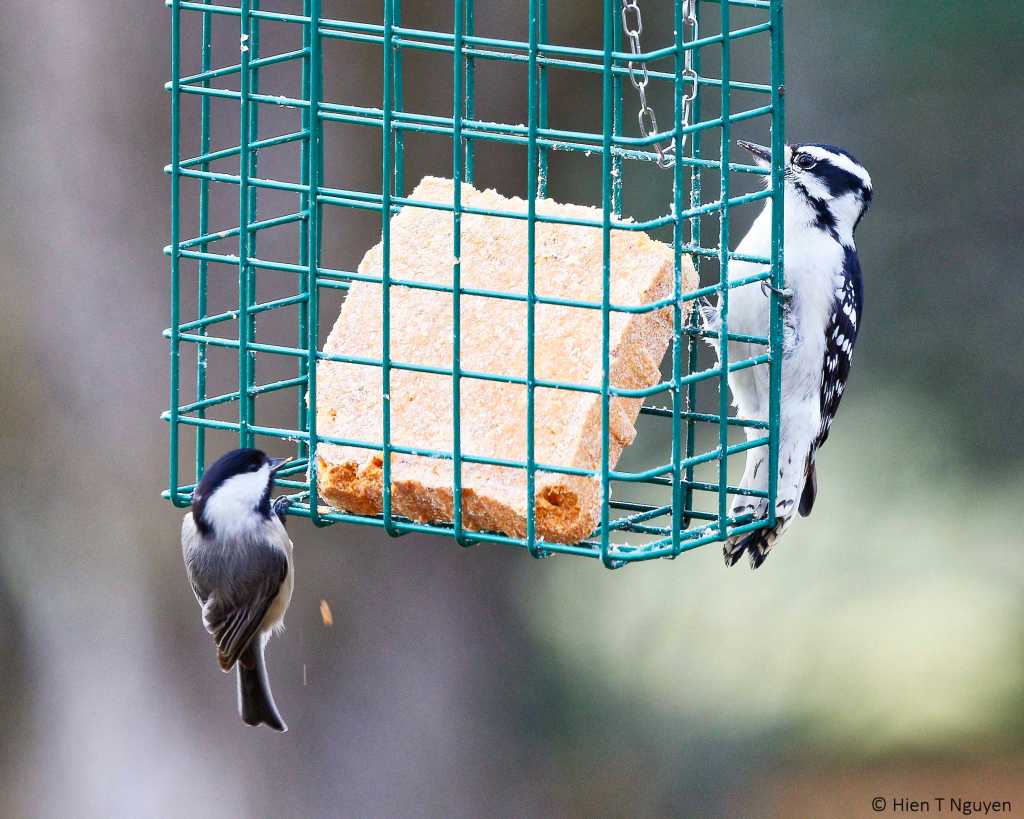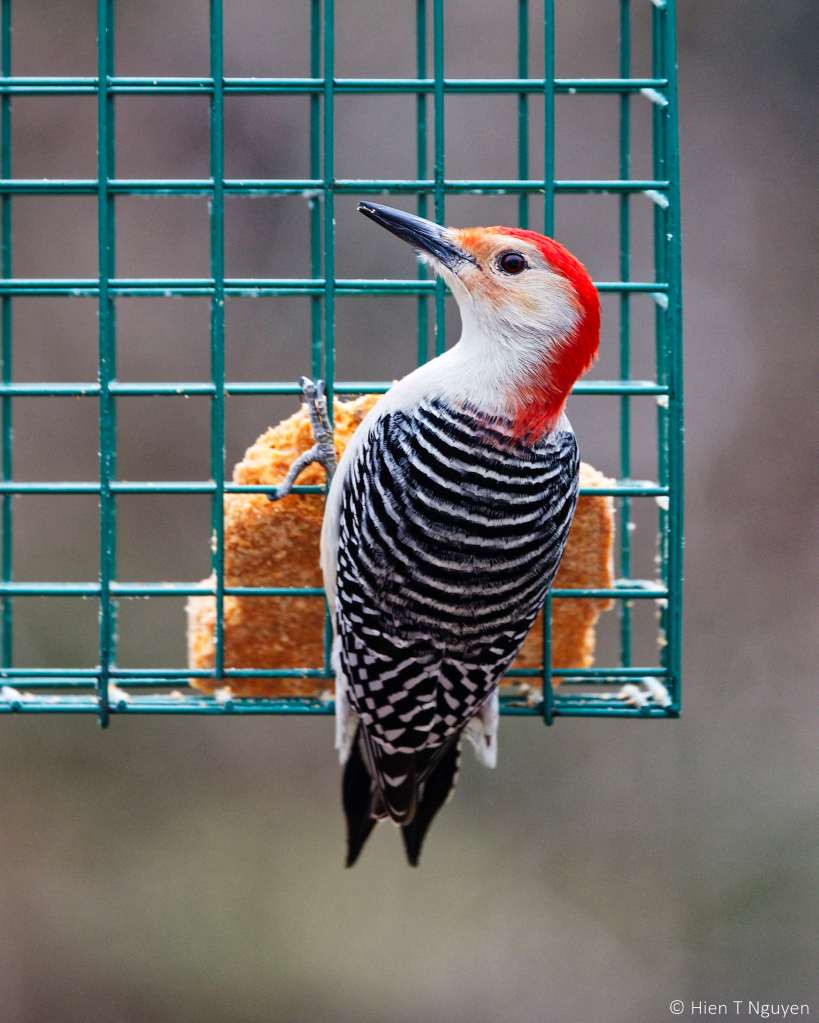On July 14, 2023, Liz Gauffreau (https://lizgauffreau.com/) wrote the following review of my book “The Siege of An Lộc“.
If I had to describe Nguyen Trong Hien’s novel The Siege of An Loc in one word, it would be “necessary.” The book is a meticulously researched account of the North Vietnamese siege on South Vietnamese city An Loc between April and July of 1972, when the United States was in the process withdrawing its troops after years of anti-war protests at home. (I greatly appreciated the six-page bibliography at the end of the book!)
To provide an objective, balanced perspective, the events of the siege are seen through the eyes of fictional characters from both sides of the conflict. The author’s decision to fictionalize characters who experienced these events was a very effective way of making history come alive to show what was at stake–not battles won and lost but human lives, each one an individual.
As I was reading The Siege of An Loc, it quickly became apparent to me that, as an American, I needed the perspective of the people who had lived the war in their homeland, not just the perspective of American soldiers and anti-war protestors. That said, I’ll admit to some twinges when reading mentions of the Americans’ pulling out: “Now that the Americans have pulled out, the only people getting killed in this long war are young Vietnamese like that Lieutenant.” (p. 87)
The novel opens with a monsoon, which is a fitting metaphor for the siege that lies ahead. We are introduced to one of the main characters, South Vietnamese soldier and university student Trung, when he takes shelter in a restaurant and an attractive young woman, Ly, joins him at his table.
The author does an excellent job in this first chapter of establishing character and introducing the possibility of romance; describing setting and details of daily life to ground the reader in place and time; and providing the necessary political context–including the legacy of French colonialism–to understand the military events to follow. All of these elements are nicely balanced to avoid the dreaded data dump.
This balance is maintained throughout the novel, which I greatly appreciated as a reader. Structurally, the chapters have titles, which was a good authorial choice because so many point-of-view characters are involved, and, with each new chapter, the reader needs to have an immediate grounding in place, time, and perspective.
Once the siege is fully underway, military strategy and action take on a prominent role in the novel. Normally, action scenes, particularly military action scenes, tend to drag for me. This was not the case with The Siege of An Loc. The detailed descriptions are necessary for the reader to experience what the characters are experiencing: the constant bombardment of shells, the sights, sounds, and smells of a city under siege, with women, children, and old men forced to shelter underground and soldiers unable to bury their dead.
I highly recommend The Siege of An Loc as a thought-provoking and emotive novel. Reading it prompted me to reflect on what I thought I knew–and now realize I’d taken for granted. Yes, there are no winners in war. Regardless of which side vanquishes the other, both sides pay an incalculable price in human suffering.
And yet, if an aggressor regime attacks your homeland, kills your women and children, destroys their homes, and decimates their food supply, what are you supposed to do? Turn the other cheek or fight for everything you hold dear? Obviously, there is no right answer to this question. Nevertheless, as The Siege of An Loc so ably demonstrates, it’s necessary to ask the question.

